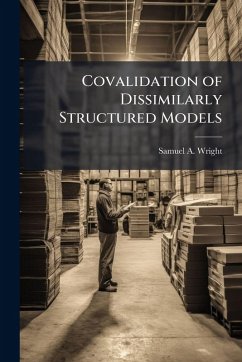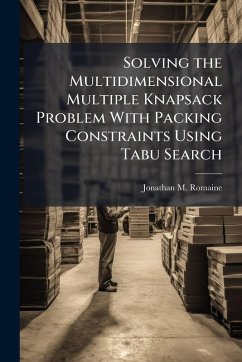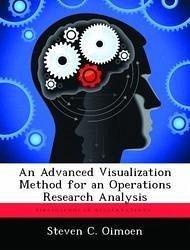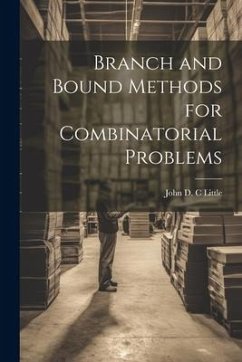
Output Analysis and Comparison of Deployment Models With Varying Fidelity
Versandkostenfrei!
Versandfertig in über 4 Wochen
15,99 €
inkl. MwSt.

PAYBACK Punkte
8 °P sammeln!
This research explores the changes in insights resulting from using different types of models to assess the capability of deploying the Stryker Brigade within specific timeline goals. This research uses as its primary base one study conducted in 2002 by USTRANSCOM to evaluate the ability of Stryker to meet stated deployment timeline goals. Specifically, this thesis compares the outputs from four different models as they changes over three different deployment scenarios and ten different routes. This research investigates the relationships among the outputs of spreadsheet models, spreadsheet mo...
This research explores the changes in insights resulting from using different types of models to assess the capability of deploying the Stryker Brigade within specific timeline goals. This research uses as its primary base one study conducted in 2002 by USTRANSCOM to evaluate the ability of Stryker to meet stated deployment timeline goals. Specifically, this thesis compares the outputs from four different models as they changes over three different deployment scenarios and ten different routes. This research investigates the relationships among the outputs of spreadsheet models, spreadsheet models with elements of variability added, and low- and high- level discrete event simulations. This research also explores the implications of applying newly proposed distributions describing the variability in aircraft cargo loads and en route ground times. The results of this research suggest that the type of model used to assess a deployment does indeed have an effect on the insights derived from exploring scenarios. This work also suggests that the newly proposed ground time distributions have a significant effect on the ability to move cargo through an en route system and also suggests what factors have the greatest limiting effect on the ability of Stryker to meet its deployment timeline goals. This work has been selected by scholars as being culturally important, and is part of the knowledge base of civilization as we know it. This work was reproduced from the original artifact, and remains as true to the original work as possible. Therefore, you will see the original copyright references, library stamps (as most of these works have been housed in our most important libraries around the world), and other notations in the work. This work is in the public domain in the United States of America, and possibly other nations. Within the United States, you may freely copy and distribute this work, as no entity (individual or corporate) has a copyright on the body of the work. As a reproduction of a historical artifact, this work may contain missing or blurred pages, poor pictures, errant marks, etc. Scholars believe, and we concur, that this work is important enough to be preserved, reproduced, and made generally available to the public. We appreciate your support of the preservation process, and thank you for being an important part of keeping this knowledge alive and relevant.












